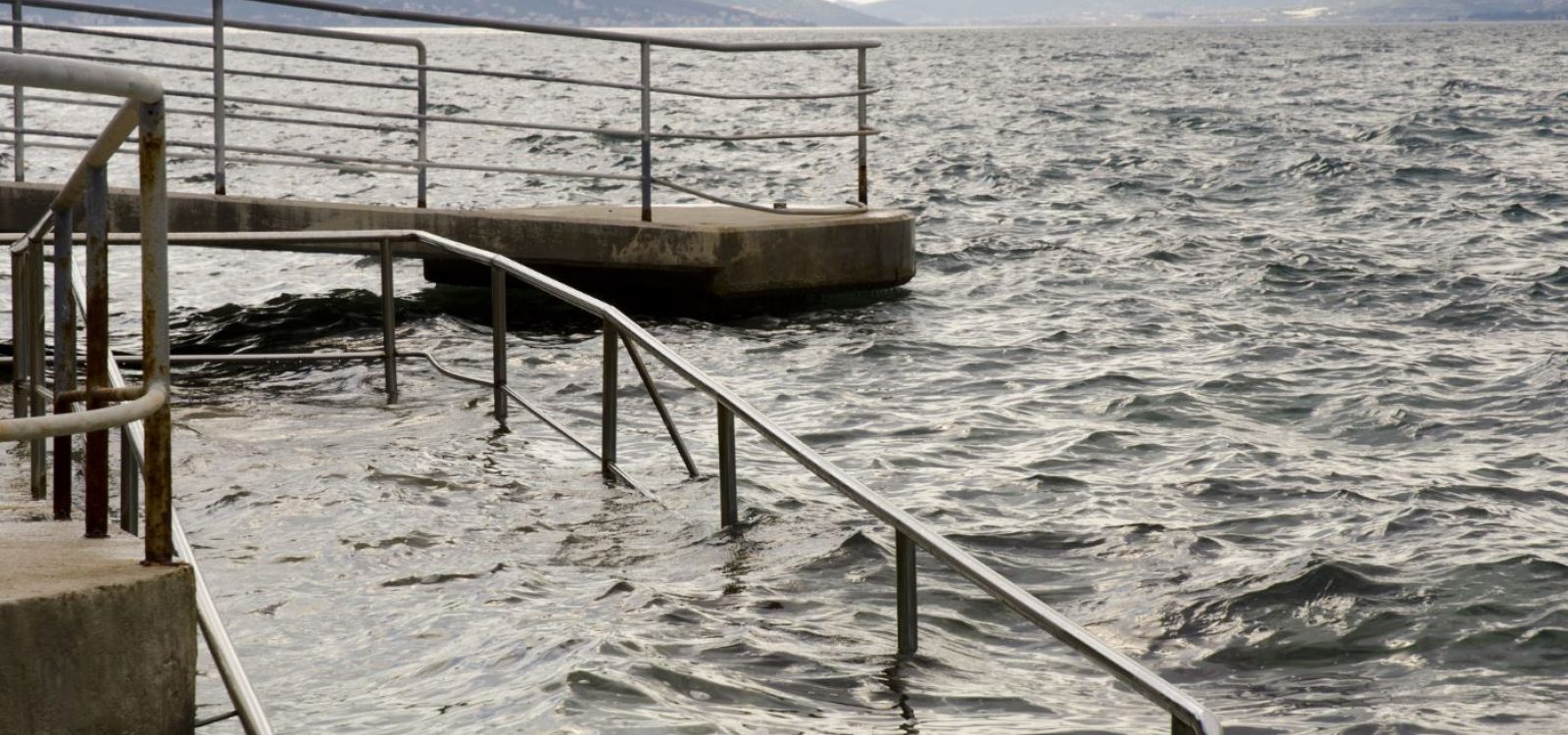
Rising Tides Downunder
New thinking is required to protect and insure against coastal inundation in the future, writes Rade Musulin from the American Academy of Actuaries Extreme Events Committee.
(Note: this story summarizes a longer magazine article published in Contingencies magazine in November 2015 entitled Rising Tides. Here is a link to the full text of that article.)
Recently the Australian Government released a document entitled “National Climate Resilience and Adaptation Strategy”. Its preface says that “The Australian Government has developed this [Strategy] to articulate how Australia is managing the risks of a variable and changing climate”.
Both ground photographs and satellite images clearly show that large amounts of water stored as ice in glaciers and high latitude ice sheets is melting and being released into Earth’s oceans. Temperature measurements in these areas verify warming in recent decades. Even if temperatures stabilize at current levels, additional ice will melt over time, just as an ice cube placed in a glass of water remains frozen for a period before it melts in warmer water. Combined with the fact that water expands when heated (measured ocean temperatures have increased) and that land is subsiding in many coastal areas (due to a host of factors too complicated for this note), it is difficult to argue with predictions of increased exposure to coastal flooding in coming decades.
This conclusion can be drawn without taking a position on why ice is melting (human activity, sunspots, or natural variation) or whether burning fossil fuels has anything to do with it.
The Australian Government report states two important things:
- Investment made to protect against coastal inundation “can have great returns by avoiding later damages” (page 27; a point also made by the U.S. Congressional Budget Office ).
- Local land use decisions can have a large impact on exposure to loss (pages 27 – 28).
The report does not place an explicit price tag on how much must be invested to adapt to rising sea levels. Studies done in other parts of the world and experience in events like Hurricane Katrina in the U.S. indicate that the cost of either building coastal defenses or cleaning up the mess if they fail can be high. This implies that rising sea levels may place a significant burden on government budgets (and eventually on taxpayers) in the future.
The usual mechanisms that create incentives for loss mitigation, insurance pricing and building codes, break down in the case of rising sea levels because:
- Insurance pricing is intended to reflect conditions during the policy period, which is often a year.
- Building codes have been largely focused on life safety and reflect current conditions.
Thus, new thinking is required. For example, if we build things that have a design lifetime of a century, tools must be developed that consider a range of possible conditions over the next century in order to set economically appropriate building standards. In some cases, it is very difficult to say whether hazards will increase or decrease in the future, meaning a default to planning for the present is prudent. In other cases, future trends in one direction or the other can be determined with high confidence, meaning a process that considers such conditions is appropriate.
Political leaders, government policy experts, and interested parties (including members of the actuarial profession) have invested a great deal of energy studying the long term outlook for the financial solidity of programs like Medicare, superannuation, or the age pension. The objective of such efforts is to identify imbalances in these systems with sufficient lead time to make gradual changes in order to minimize economic disruption that could be caused by abrupt action, such as a large tax increase in a single year. Much of this activity is focused on government policy as various social programs have a large impact on government budgets.
Until recently, scant attention has been paid to the medium to long term exposure of government budgets due to things like investment in coastal protection. Such investment (or the cost of emergency aid for disaster recovery) may become quite significant in coming decades, potentially eclipsing social programs as the main driver of long term fiscal problems.
There are many opportunities for actuaries to add value in understanding this issue. We know stochastic processes that can describe the uncertainty in future forecasts. We use catastrophe modeling tools which can be adjusted to simulate a range of future conditions. We work in the insurance industry which will be looked to as a mechanism to fund losses and send economic signals about loss hazards.
Actuaries should increase their awareness of this issue and develop skills to participate in tackling this problem in coming decades.
CPD: Actuaries Institute Members can claim two CPD points for every hour of reading articles on Actuaries Digital.






